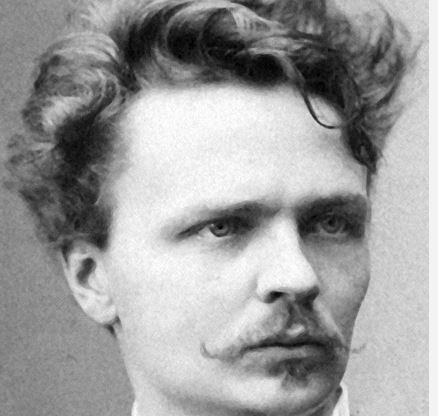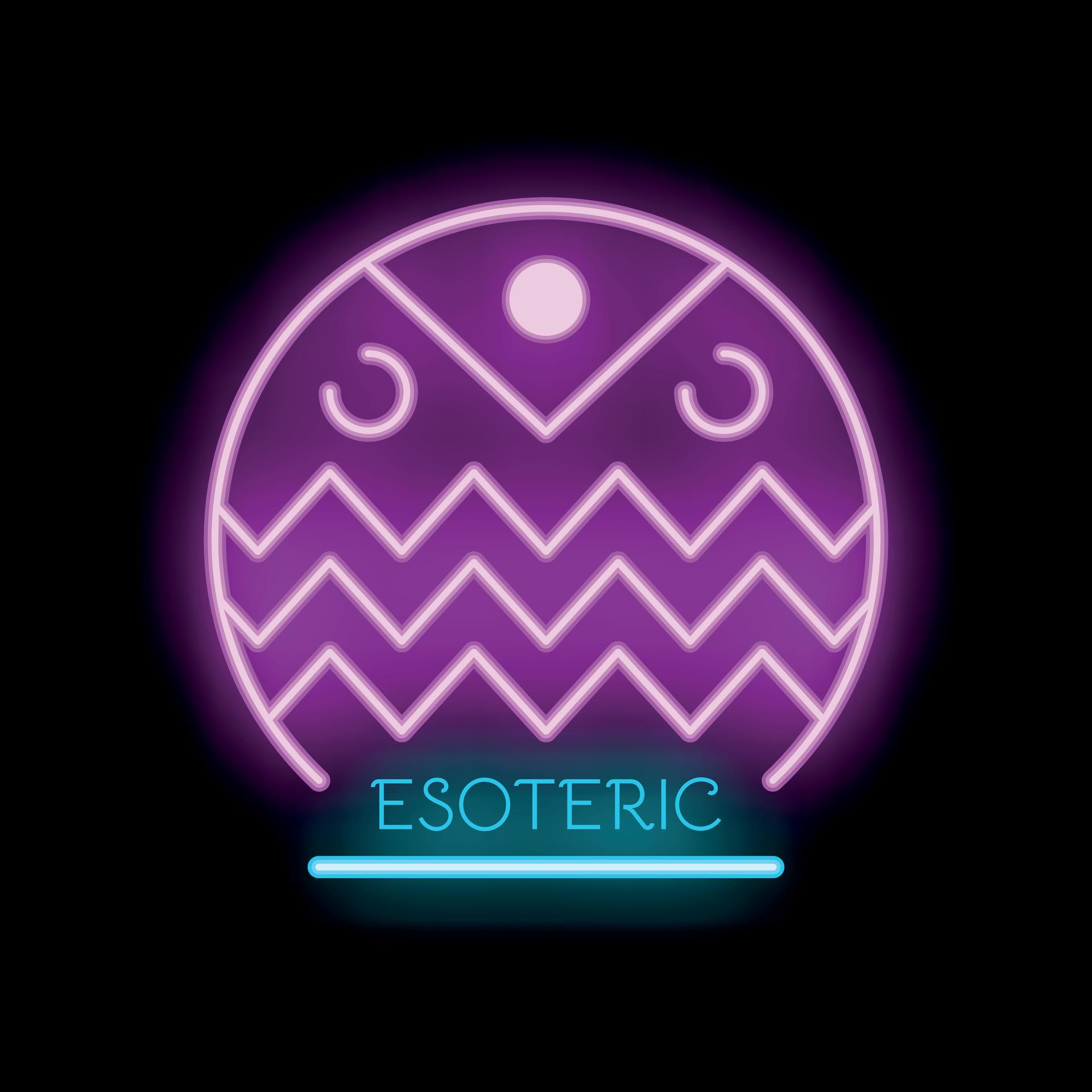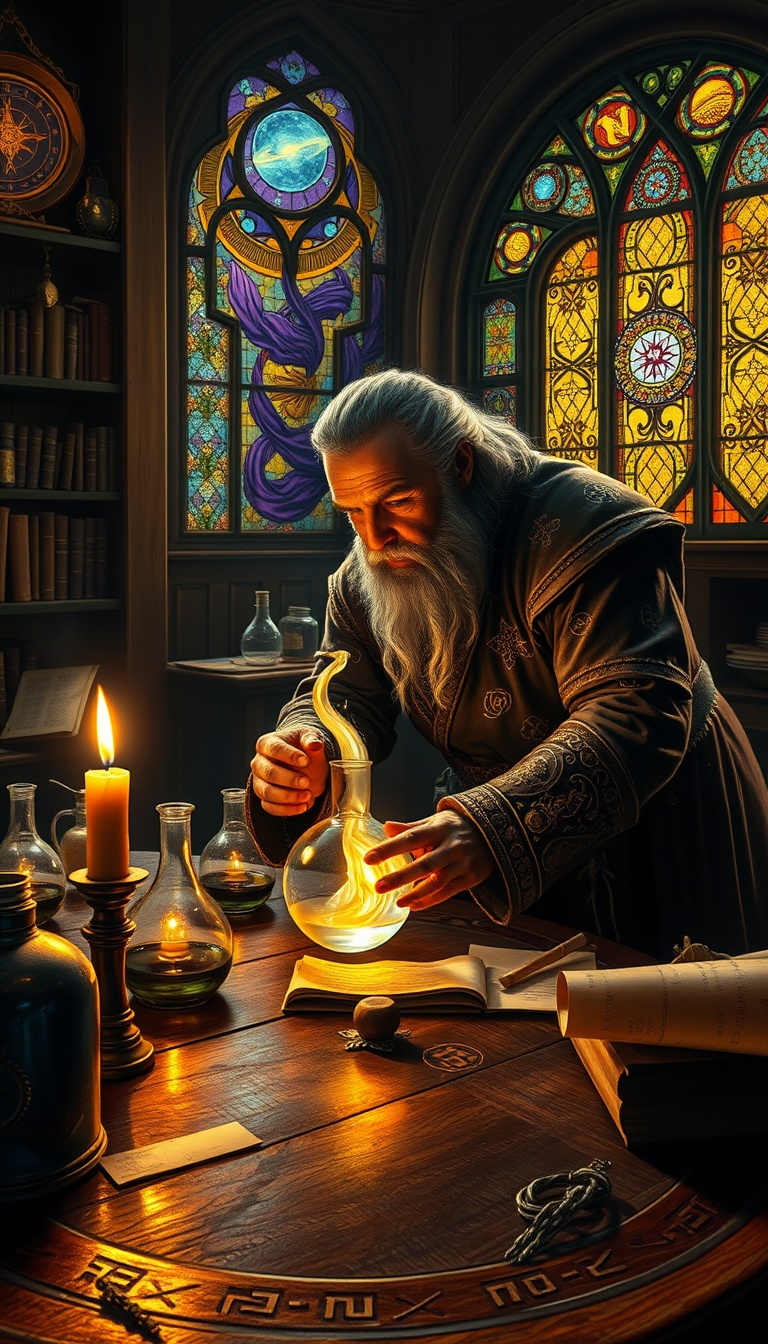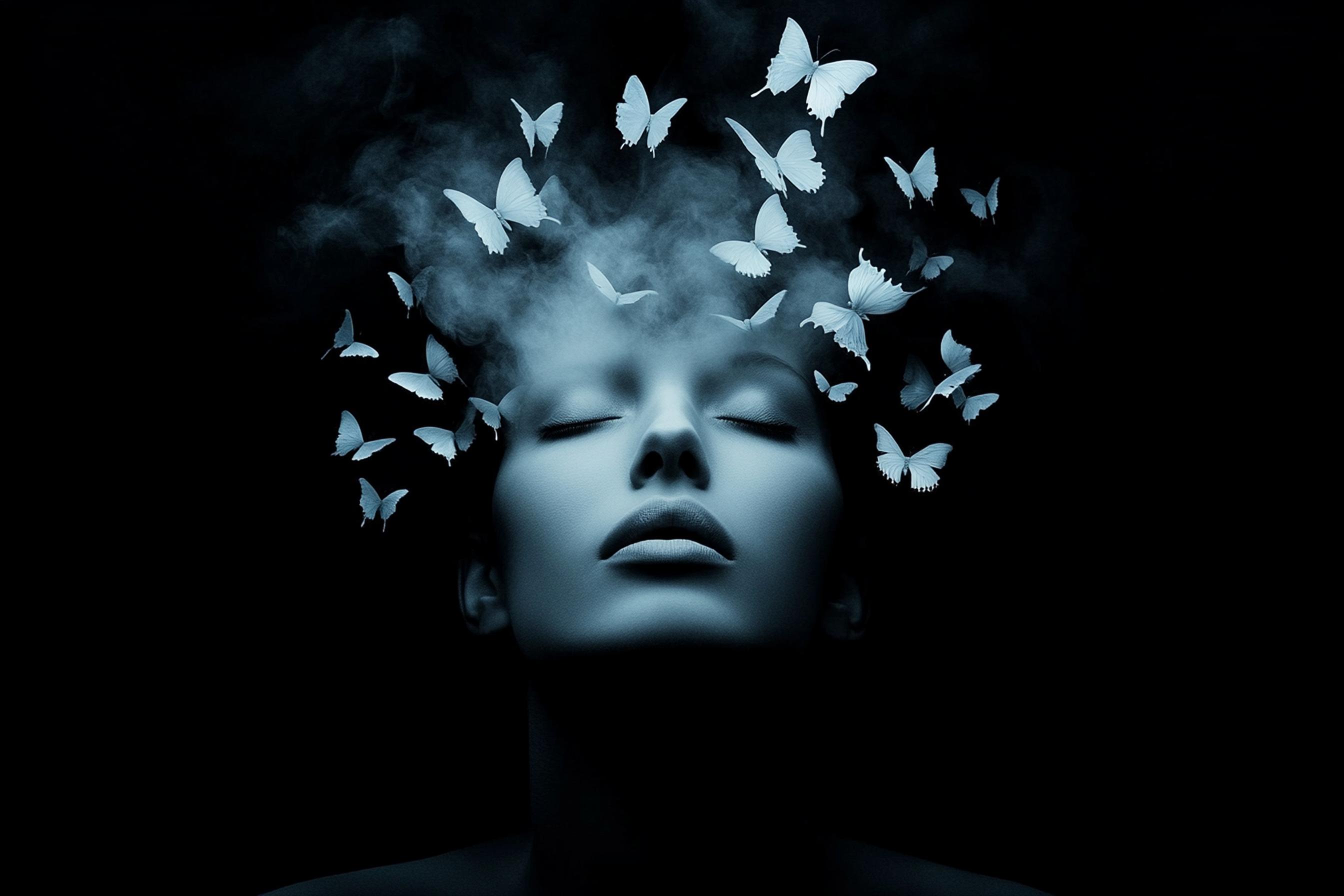
August Strindberg (1849–1912) was a Swedish playwright, novelist, poet, and painter, widely regarded as one of the most influential figures in modern literature and theater. He is known for his innovative approaches to psychological drama, his exploration of human consciousness, and his often controversial and intense works. Strindberg's works span across multiple genres and have a profound impact on the development of modern drama.
Early Life and Background
Strindberg was born in Stockholm, Sweden, in 1849, into a working-class family. He had a tumultuous early life, with a strained relationship with his father, who was a clerk, and his mother, who was more focused on religious and intellectual pursuits. Strindberg struggled with poverty, and his early education was erratic, but he eventually studied at the University of Uppsala.
Throughout his life, Strindberg was deeply influenced by his experiences with social class, gender relations, and psychological trauma. His complex personal life, marked by several failed marriages and intense relationships, often reflected in his writings.
Literary and Artistic Contributions
Strindberg's work covers a vast range of styles, from realism to symbolism to expressionism. He wrote across several genres, including plays, novels, short stories, and poetry. He is perhaps most famous for his plays, which were groundbreaking in their exploration of the complexities of human behavior, relationships, and societal norms.
Key Aspects of Strindberg's Work:
-
Psychological Realism: Strindberg is known for delving into the psychological depths of his characters. His works often explore themes of mental illness, self-doubt, ambition, and obsession. His characters are often trapped in their own minds, facing intense inner conflicts that reflect broader societal tensions.
-
Naturalism and Realism: Early in his career, Strindberg was heavily influenced by naturalism, a literary movement that sought to depict life as it truly was, without idealization. His early works, such as The Father (1887) and Miss Julie (1888), exhibit this realism by focusing on complex relationships and power dynamics, especially between men and women. Class, gender, and psychological manipulation are often central to the conflicts.
-
Symbolism and Expressionism: In the latter part of his career, Strindberg moved toward symbolism and expressionism, exploring more abstract themes and emotions. His later works, such as A Dream Play (1901) and The Ghost Sonata (1907), have surreal, dreamlike qualities, reflecting the fragmented and irrational nature of the human psyche. These plays often defy traditional narrative structures, embracing a more symbolic approach to storytelling.
-
Feminism and Gender Relations: Strindberg's views on gender and feminism were highly controversial and evolved over time. Early in his career, he was accused of misogyny because of his portrayal of women as manipulative and destructive in some of his works, like Miss Julie. Later in his life, Strindberg expressed more complex, nuanced views on women and their role in society, although his personal life remained marked by complex and often troubled relationships with women.
Notable Works:
-
Miss Julie (1888): This is perhaps Strindberg's most famous play. It focuses on the tense, complex relationship between Miss Julie, an aristocratic young woman, and Jean, her servant. The play is a psychological drama that explores themes of class, power, and sexuality. Strindberg's depiction of the relationship between the two characters challenges traditional notions of morality and gender roles. The play is often considered a key work in the naturalist movement and remains influential in contemporary theater.
-
The Father (1887): In this play, Strindberg explores the dynamics of a married couple, particularly the conflict between the husband and wife over the fate of their child. The play is a psychological battle, in which the husband attempts to assert control over the situation, but the wife manipulates and uses psychological tactics to counter his authority. It delves into themes of patriarchy, paternalism, and the power struggle within marriage.
-
A Dream Play (1901): In this later work, Strindberg shifts away from realism and embraces a more symbolic and dreamlike structure. The play follows a character named Indra's Daughter, who descends to Earth and observes the trials and tribulations of humans, interacting with a series of dream-like characters. The play is full of symbolic imagery, exploring the nature of reality, suffering, and human experience.
-
The Ghost Sonata (1907): This is one of Strindberg's most famous expressionistic plays. The play is full of surreal imagery, exploring themes of death, guilt, and repression. It features a central character, The Student, who becomes involved with a group of people who seem to be living in a house filled with ghosts. The play challenges conventional narrative structures, emphasizing psychological states and symbolic interactions.
-
The Red Room (1879): This is Strindberg's first novel, and it's considered a key work in Swedish realism. The novel is a satirical and somewhat cynical look at society, politics, and the human condition. The protagonist, Arvid Falk, tries to make a living as a writer and intellectual, but he becomes disillusioned with the corruption and hypocrisy of the world around him. It is an early expression of Strindberg's concerns with class, society, and individual struggles.
-
Inferno (1897): Inferno is an autobiographical work that reflects Strindberg's own psychological struggles and his descent into mental illness. The book portrays Strindberg's sense of paranoia, his obsession with mystical ideas, and his conflicts with religion. It is both a work of fiction and a memoir, blending his personal experiences with a deep exploration of the human psyche.
Strindberg's Influence on Modern Drama
Strindberg’s work had a profound influence on the development of modern theater. His psychological realism, exploration of the subconscious, and bold challenges to social norms laid the groundwork for later modernist and existentialist playwrights, such as Henrik Ibsen, Anton Chekhov, Tennessee Williams, and Arthur Miller.
Strindberg’s move towards more expressionistic and symbolist forms influenced 20th-century avant-garde theater and contributed to the development of expressionism and absurdist theater.
Strindberg's Personal Life
Strindberg’s personal life was marked by intense turmoil. He was married three times and had numerous affairs. His relationships with women were famously difficult, and he often expressed highly contradictory views on women and gender. His first marriage to Frida Uhl ended in divorce, and his second marriage to Harriet Bosse was also tumultuous and ultimately failed. Strindberg's personal struggles were reflected in his works, particularly his exploration of the psychological complexities of relationships.
He also had periods of mental illness, particularly later in life, and suffered from psychotic episodes, which he described in his autobiographical works, such as Inferno. These personal battles with mental health, religious crises, and philosophical struggles can be seen as fueling much of his later, more abstract works.
Legacy
August Strindberg’s work remains a cornerstone of Swedish literature and a key influence on modern theater and literature. His writings are known for their complexity, depth of character exploration, and social critique. Despite his personal controversies and the challenges he faced in his life, Strindberg’s contribution to the arts continues to be celebrated today.










